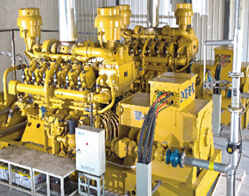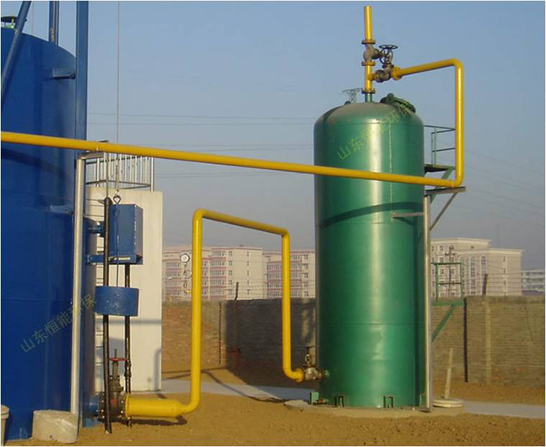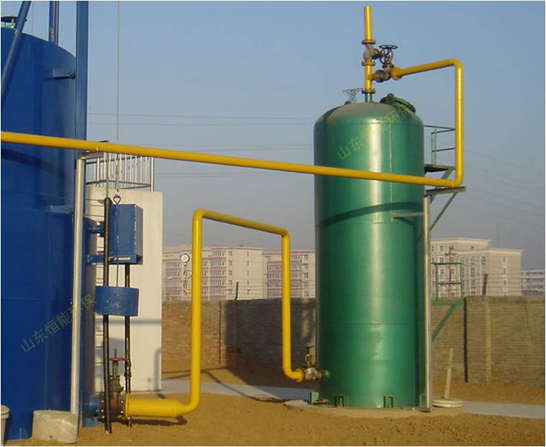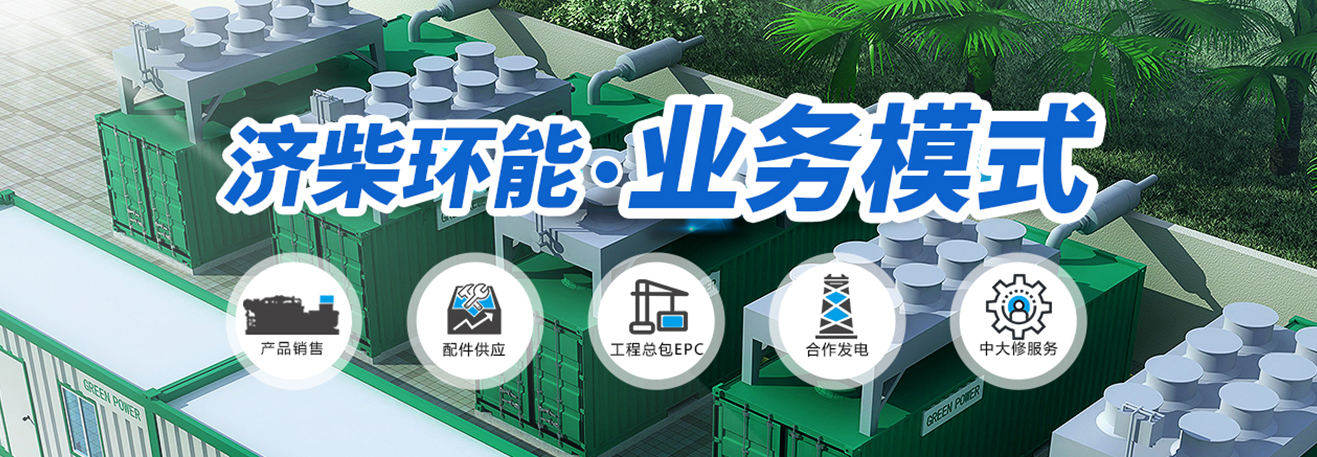燃?xì)獍l(fā)電機(jī)組幾種常見的燃燒方式
燃?xì)獍l(fā)電機(jī)組顧名思義就是燒燃?xì)獾陌l(fā)電機(jī)組,分為內(nèi)燃發(fā)電機(jī)組和燃?xì)廨啺l(fā)電機(jī)組,他們都是以燃?xì)庾鳛槿剂稀?

As the name suggests, gas-fired generator set is a gas-fired generator set, which is divided into internal-combustion generator set and gas turbine generator set. They all use gas as fuel.
燃?xì)獍l(fā)電機(jī)組一般包括:發(fā)動(dòng)機(jī)、發(fā)電機(jī)、控制器這幾個(gè)部分組成,還有可選用裝置穩(wěn)壓過(guò)濾裝置、氣液分離裝置等,發(fā)動(dòng)機(jī)與發(fā)電機(jī)同軸連接,并置于整機(jī)底盤上,再將消聲器和調(diào)速器連接在發(fā)動(dòng)機(jī)上。
The gas-fired generator set generally consists of engine, generator and controller, as well as optional devices, such as pressure stabilizing filter device and gas-liquid separation device. The engine is coaxially connected with the generator and placed on the chassis of the whole machine, and then the muffler and governor are connected to the engine.
由燃?xì)庠赐ㄈ氚l(fā)動(dòng)機(jī)的燃?xì)馔ǖ?,連接在發(fā)動(dòng)機(jī)上帶拉繩的反沖起動(dòng)器以及連接在發(fā)電機(jī)輸出端的電壓調(diào)節(jié)器,其中燃?xì)庠磧?nèi)置放的可燃?xì)怏w是天然氣或石油液化氣或沼氣。
The gas source is connected to the gas channel of the engine, the recoil starter with a pull rope on the engine and the voltage regulator connected to the output end of the generator. The combustible gas discharged in the gas source is natural gas or liquefied petroleum gas or biogas.

燃?xì)獍l(fā)電機(jī)組的燃燒方式主要有以下幾種:
The combustion modes of gas-fired generator set are mainly as follows:
1、燃?xì)獍l(fā)電機(jī)組的富燃燒,所謂富燃燒就是燃料多,氧氣相對(duì)說(shuō)少一些,但是他的動(dòng)力足,但由于在缸體內(nèi)會(huì)燃燒不充分,會(huì)通過(guò)煙管排到外面來(lái)。優(yōu)點(diǎn)是動(dòng)力十足,燃料溫度低,不足之處是一氧化碳排量多,燃料消耗高。
1. The rich combustion of gas-fired generator set means that there is more fuel and less oxygen, but it has enough power. However, it will not burn enough in the cylinder and will be discharged to the outside through the smoke pipe. The advantages are full power and low fuel temperature. The disadvantages are more carbon monoxide emissions and high fuel consumption.
2、燃?xì)獍l(fā)電機(jī)組的稀薄燃燒,混合氣體中的燃?xì)夂康?,燃?xì)馊剂吓c空氣之比可達(dá)1:25以上的發(fā)動(dòng)機(jī)。這種發(fā)動(dòng)機(jī)不足就是排放殘留過(guò)多的氧,損失了動(dòng)力,但優(yōu)點(diǎn)是缸體內(nèi)燃料的燃燒是充分的,并且氮氧化物排放量降低了。
2. The lean combustion of gas generator sets, low gas content in the mixed gas, and the ratio of gas fuel to air can reach more than 1:25. The disadvantage of this kind of engine is that it emits too much residual oxygen and loses power, but the advantage is that the combustion of fuel in the cylinder is sufficient and the NOx emission is reduced.
3、燃?xì)獍l(fā)電機(jī)組的燃燒方式按化學(xué)計(jì)量燃燒:指可燃混合氣中理論上可完全燃燒的實(shí)際含有的燃?xì)饬颗c空氣量之比,是表示可燃混合氣中燃料量與空氣量配合比例的一個(gè)參數(shù)。當(dāng)量比大于1,表示可燃混合氣中所含實(shí)際空氣量少于所一定的理論空氣量,即空氣量不足,燃燒效率隨燃油當(dāng)量比增加而下降。
3. The combustion mode of gas generator set is stoichiometric combustion: it refers to the ratio of the actual amount of gas and air in the combustible gas mixture which can be completely burned in theory, and it is a parameter indicating the matching ratio of the amount of fuel and air in the combustible gas mixture. When the equivalence ratio is greater than 1, the actual air content in the combustible mixture is less than a certain theoretical air content, that is, the air volume is insufficient, and the combustion efficiency decreases with the increase of the fuel equivalence ratio.
反之,當(dāng)量比小于1,則表示可燃混合氣中所含實(shí)際空氣量超過(guò)所一定的理論空氣量,即空氣量過(guò)剩。當(dāng)量比實(shí)際上就是過(guò)量空氣系數(shù)的倒數(shù)。這種燃燒氮氧化物的排量高,溫度也很高,高的時(shí)候可達(dá)到700攝氏度。
On the contrary, if the equivalence ratio is less than 1, it means that the actual air content in the combustible mixture exceeds a certain theoretical air content, that is, excess air. Equivalence ratio is actually the reciprocal of excess air coefficient. This kind of NOx combustion has high displacement and high temperature, which can reach 700 ℃ when it is high.
 在線咨詢
在線咨詢 官方二維碼
官方二維碼




 當(dāng)前位置:
當(dāng)前位置: 2021.05.28
2021.05.28









